Altered images: new research shows that what we see is distorted by what we expect to see
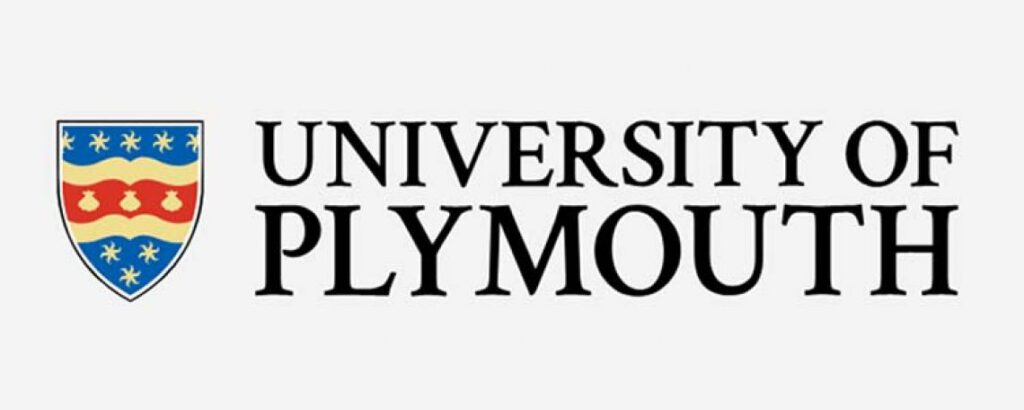
New research shows that humans ‘see’ the actions of others not quite as they really are, but slightly distorted by their expectations.
Published in Proceedings of the Royal Society B, the study could explain why people get others’ actions so wrong and see ambiguous behaviour as meaningful, according to authors from the University of Plymouth School of Psychology.
The study, funded by the Economic and Social Research Council, saw 85 participants watch an actor reach for an object with a straight or arched trajectory on a touch screen.
In each screening, the actor did one of four things:
- Reached straight for target (efficient straight)
- Reached straight for target with obstacle in the way – therefore expecting to be blocked by the obstacle (inefficient straight)
- Reached over an obstacle with arched trajectory to get to target (efficient arched)
- Used arched trajectory to get to target, even though there was no obstacle in the way (inefficient arched)
In the experiment, the hand movement action disappeared mid-trajectory and participants touched the last seen screen position of the hand.


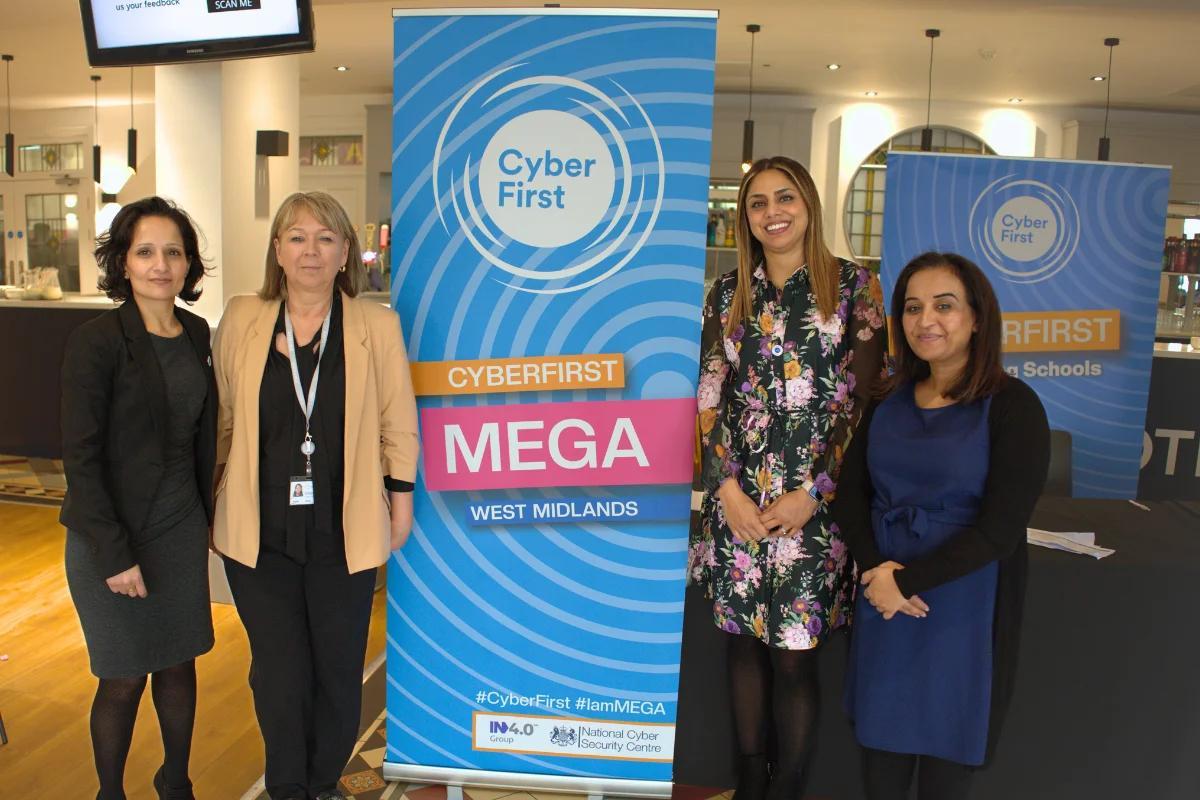
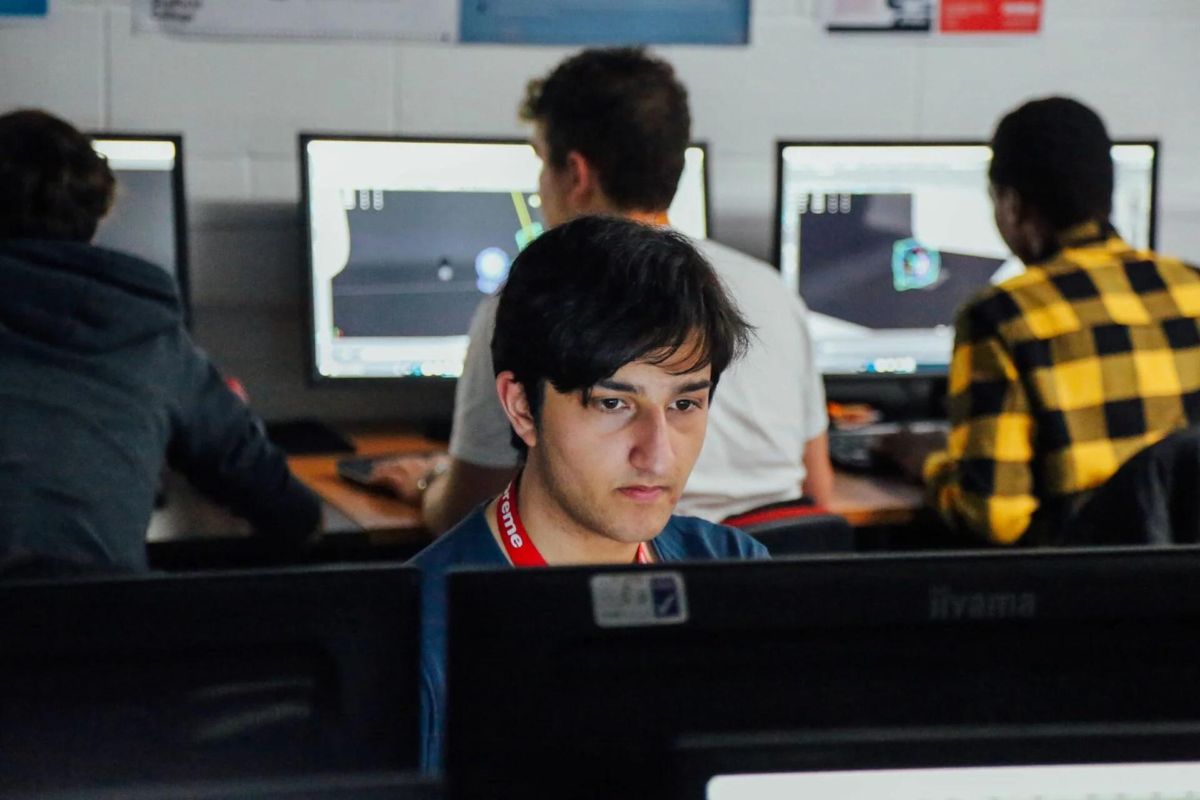
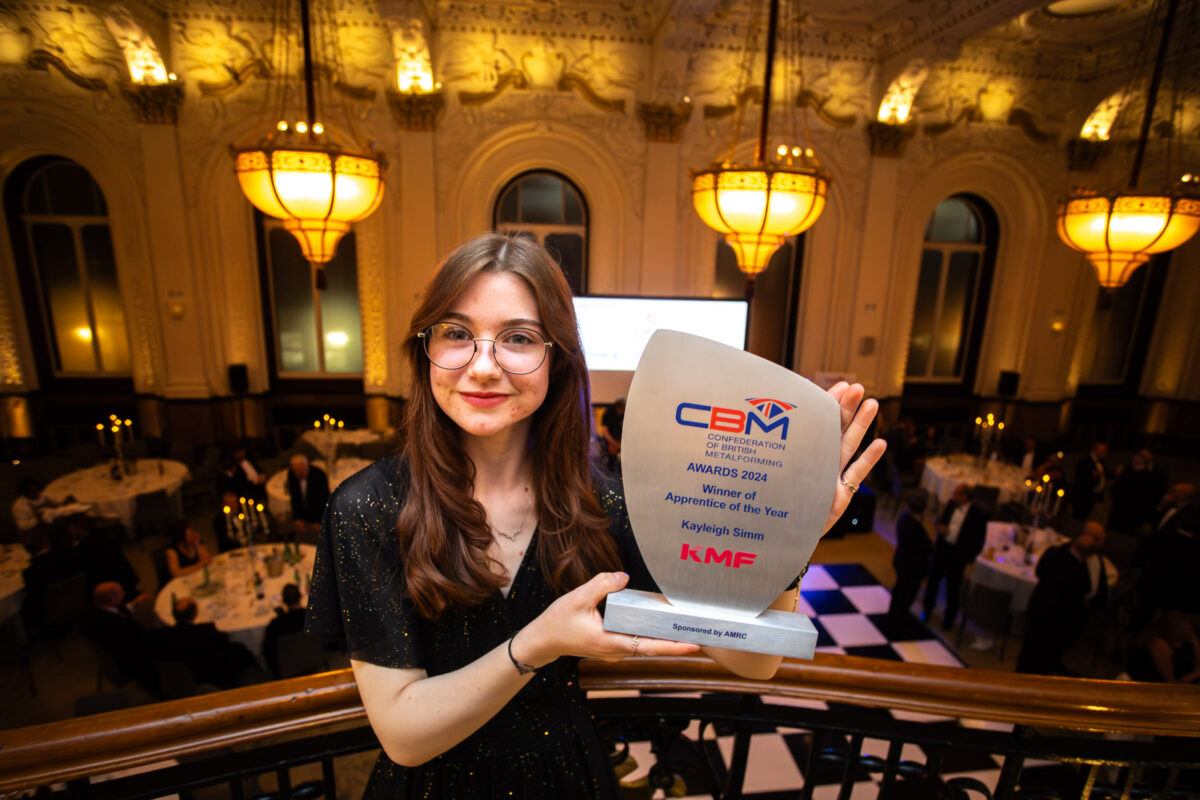


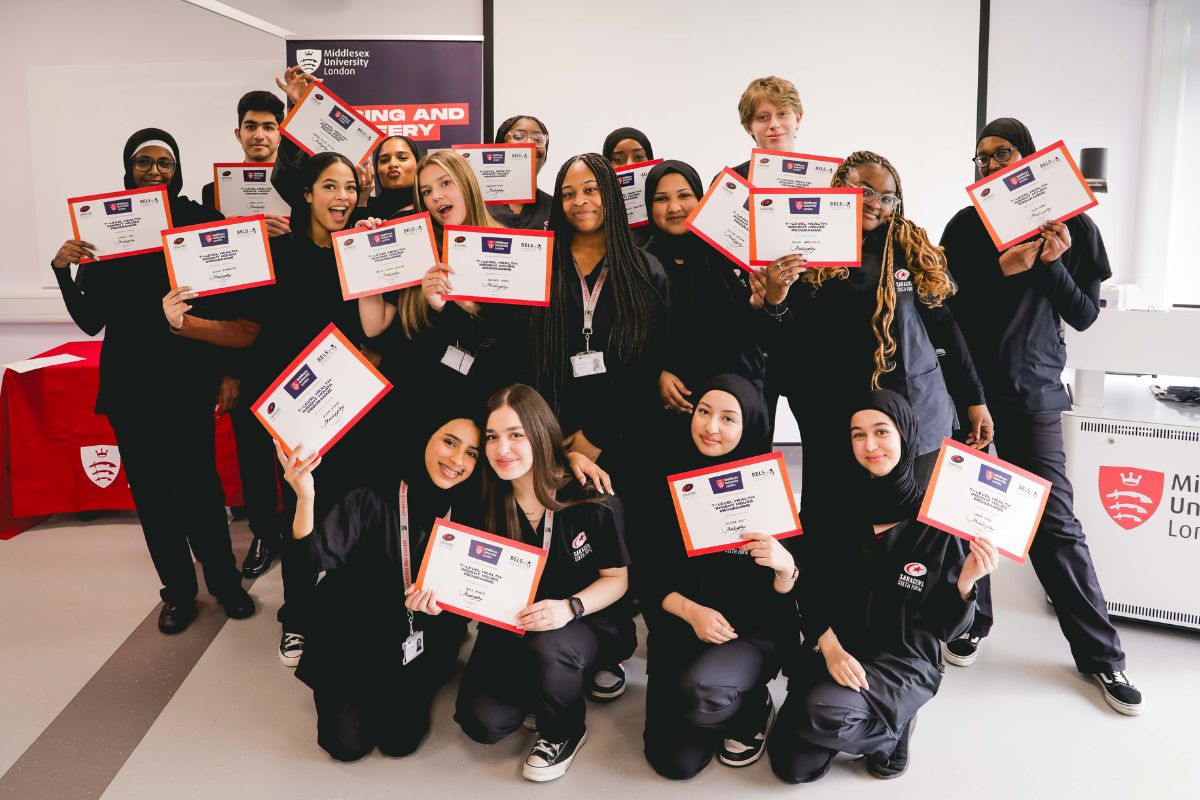




Responses